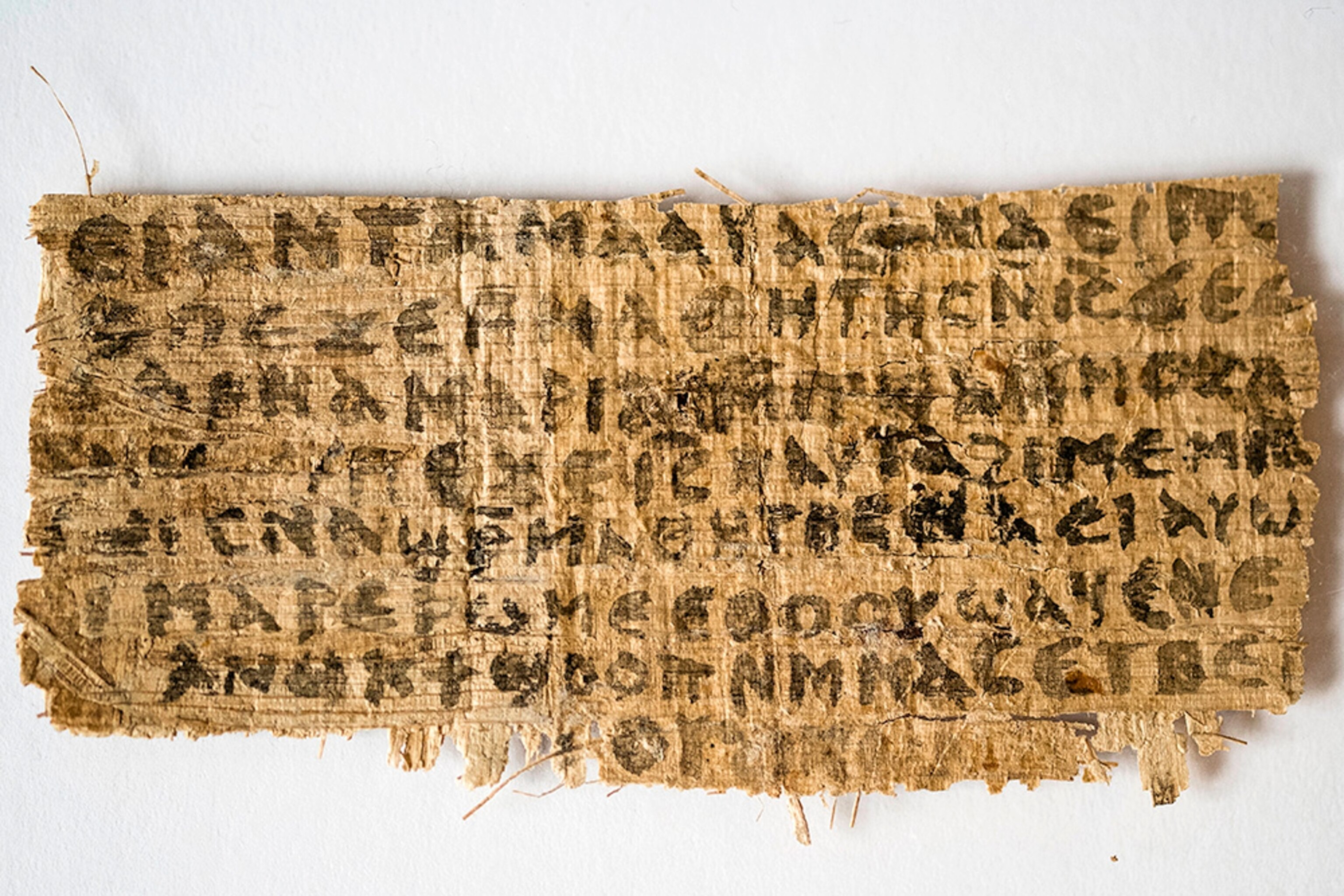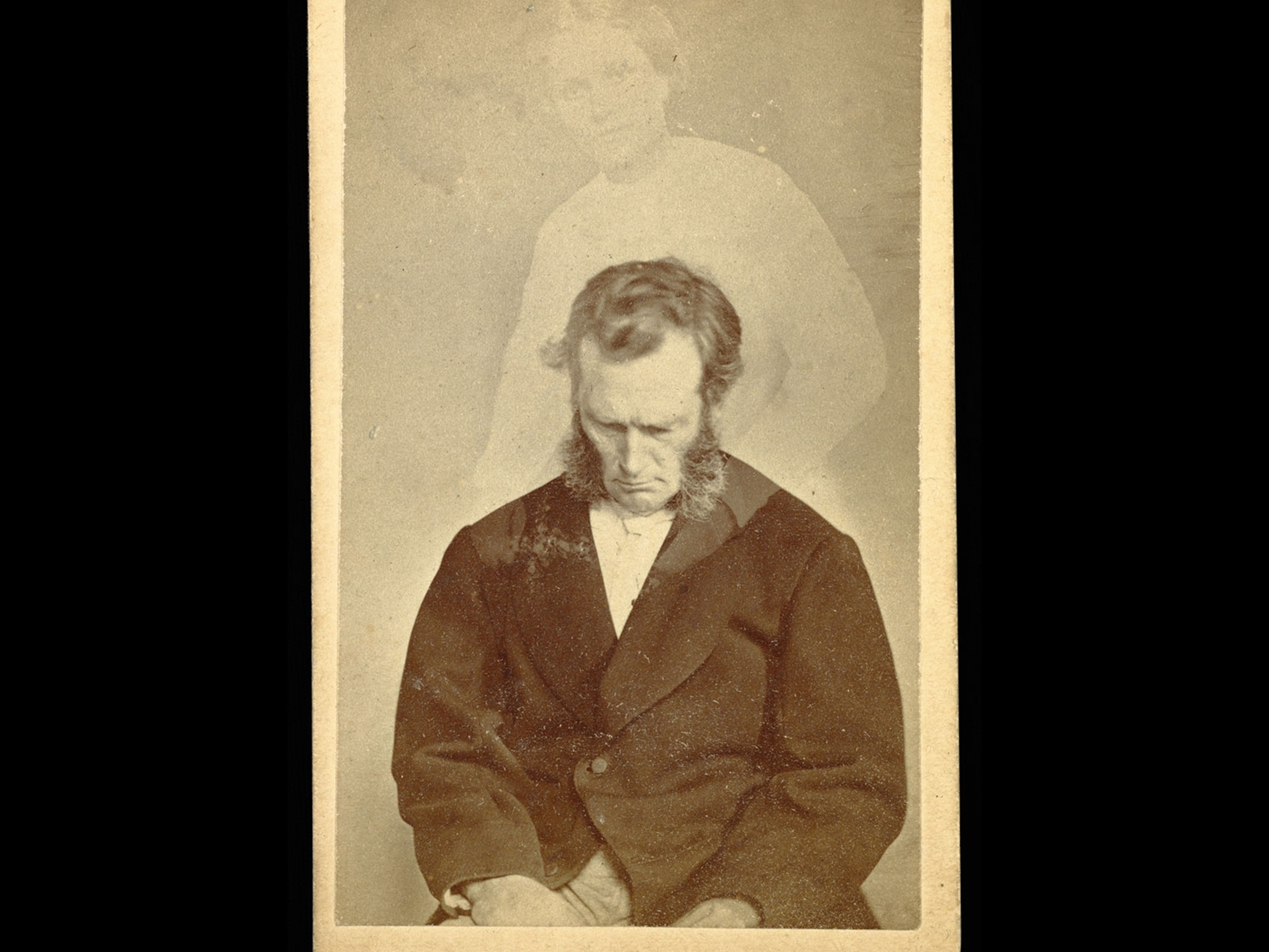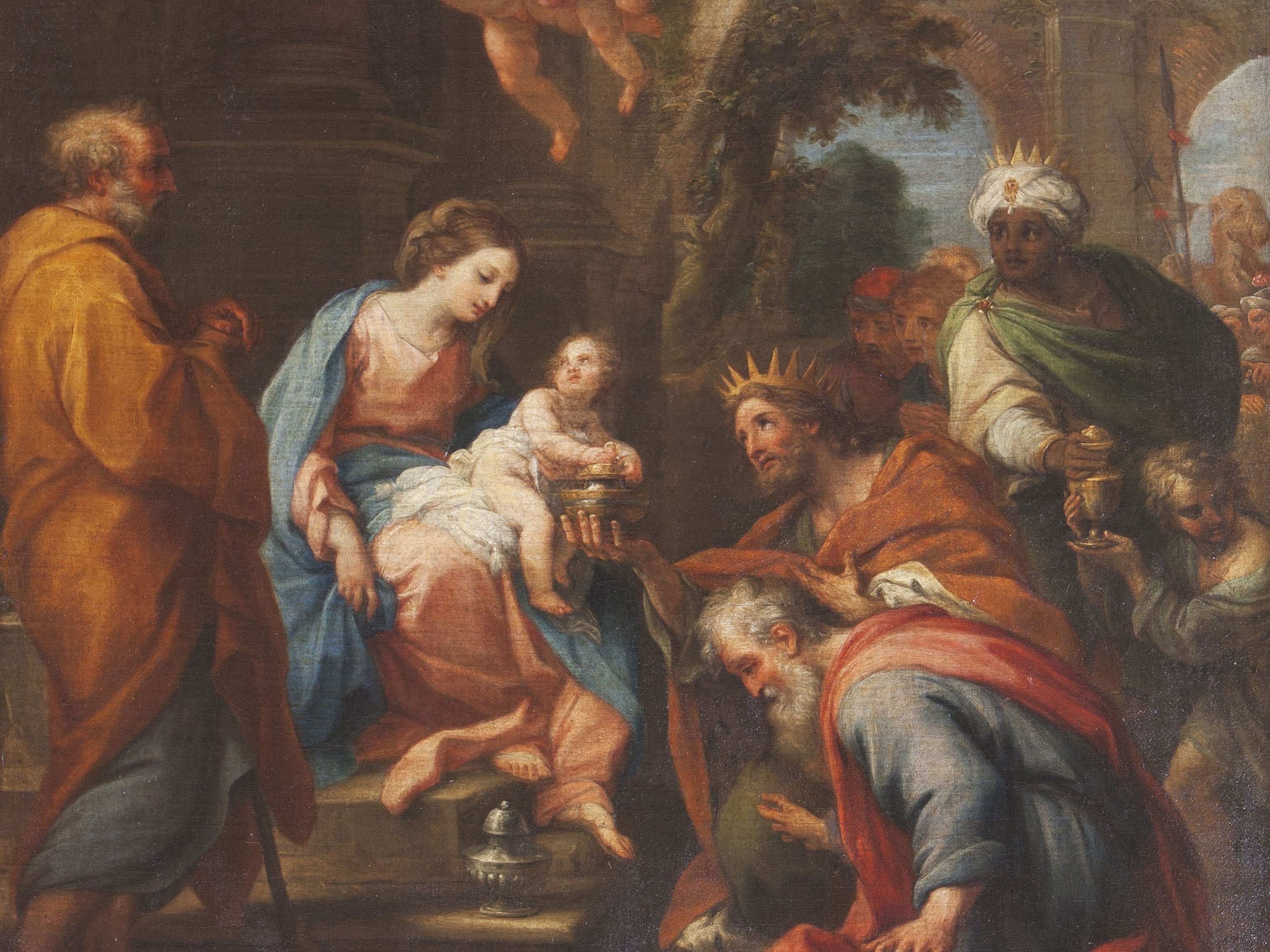
No Forgery Evidence Seen in "Gospel of Jesus's Wife" Papyrus
Scientists find no evidence of fakery in an ancient papyrus scrap saying that Jesus had a wife.
Did Jesus have a wife? A controversial papyrus scrap making that suggestion dates to the eighth century A.D., assert a series of just-released scientific reports, which may point to earlier Christian beliefs.
Announced at a 2012 conference in Rome by the Harvard Divinity School's Karen King, the "Gospel of Jesus's Wife"—a scrap of papyrus with Coptic writing—contained some intriguing lines. (Related: "Jesus May Have Had a Wife, Ancient Text Suggests.")
The words "Jesus said to them, My wife . . . she is able to be my disciple . . ." are written on the center of the fragment. Initially dated by King to the fourth century, the message from the past resonated with ongoing debates about the role of women in Christianity, as well as echoing themes from Dan Brown's popular thriller, The Da Vinci Code.
The claim also attracted skepticism from religious scholars, who saw the fragment as a likely forgery. But in the series of reports released by the Harvard Theological Review, various experts report analyses of the chemistry and ancient handwriting of the fragment. They conclude that the fragment's ink is consistent with ancient inks and that its papyrus fibers date from the seventh to eighth centuries. King suggests it is a copy of an earlier text.
"All of the evidence points to it being ancient," King said in a telephone briefing. "As historians, the question then becomes, what does it mean?"
Clever Forgery?
The new results say nothing about whether the historical Jesus indeed had a wife, King notes. But similarities to other papyrus gospel texts from the centuries after Christ point to the long-running debate on the role of women in churches.
And the results do not conclusively prove the papyrus isn't a very clever forgery, caution the scientists. Instead, they remove previously raised objections to the text, finding no evidence of it being a fake.
Yet there is still skepticism. One report in the journal, by epigrapher Leo Depuydt of Brown University in Providence, Rhode Island, claims grammatical errors dog the text and concludes, "The author of this analysis has not the slightest doubt that the document is a forgery, and not a very good one at that."
Overall, he suggests that the papyrus was forged from a copy of the ancient Gospel of Thomas text, discovered less than a century ago in Egypt.
King refutes those criticisms in a response in the journal, arguing that the grammar errors are misinterpretations by Depuydt. She also argues that writings similar to the Gospel of Thomas were then prevalent in the eastern Mediterranean, so words from that gospel would not necessarily be a sign of forgery.
Ancient Papyrus
Troves of ancient papyrus documents have long emerged from sites in Egypt, seen as the likely source of the fragment, which is only 3.2 inches wide by 1.6 inches tall (8 by 4 centimeters). But its origin and author are a mystery, as it is owned by an unnamed private collector, with bills of sale going back only to 1999, according to King.
King says the owner may donate the fragment to Harvard, possibly for later display.
In the journal reports, a chemistry team led by MIT's Joseph Azzarelli concluded that the age of the papyrus scrap matches that of a verified Gospel of John papyrus from antiquity. The team relied on microspectroscopy of the papyrus, which found the fragment only slightly less oxidized—aged by exposure to air—than the verified gospel.
Likewise, Columbia University's James Yardley and Alexis Hagadorn looked at the pigments in the ink on the fragment. They found it similar to "lamp black" ink used on other ancient texts.
Crucially, the scientists find no evidence of the ink being applied to the papyrus in recent times, which would have led to it pooling in damaged sections of the fragment. They also did not find any signs that the word for "wife" in the text was changed from "woman" by a later writer, as some skeptics suggested (King points this out in an online commentary).
Carbon dating puts the age of the fragment at between 659 and 869.
The debate over the grammar of the Coptic text partly reflects the writing style of the author of the papyrus, who perhaps was not a professional scribe but an untutored member of the lower classes, suggests Malcolm Choat, an ancient writing expert at Australia's Macquarie University.
Choat compares the writing to brush-drawn "magical" texts of the era, ones that often featured invocations asking for blessings or curses.
"I have not found a 'smoking gun' that indicates beyond doubt that the text was not written in antiquity, but nor can such an examination prove that it is genuine," Choat writes. But he says it's certainly not a simple forgery, as critics have suggested.
Women in Church
Women were among the strongest early supporters of Christianity when it was gaining converts in an often hostile Roman Empire. Christian writers were initially silent on the marital status of Jesus, King says, with claims that he was unmarried starting only in the late second century.
If the papyrus fragment reflects religious writing copied from earlier texts, perhaps ones in the fourth century, it would speak to early Christian concerns about the role of the family in the early Church, which famously called upon its adherents to put aside family and civic loyalties, she suggests.
"This is not evidence that Jesus was married. We don't know," King emphasized. "But early Christians were extremely interested in questions about whether they should be married or be celibate."
Follow Dan Vergano on Twitter.







